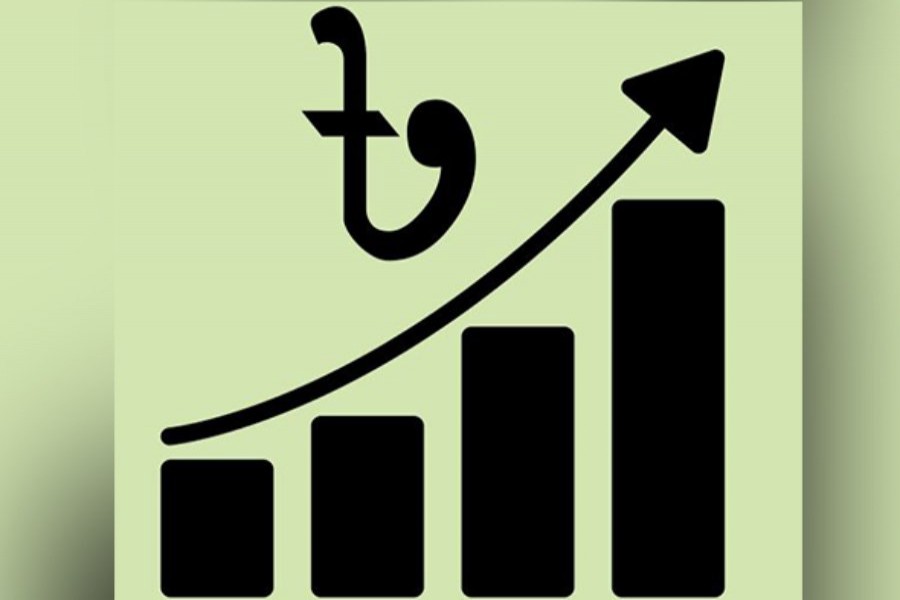It seems Bangladesh is doing quite good in economic development, but statistics also inducate it is doing enough. With a growth rate of slightly at higher than 7.0 per cent per annum, this economy is doing better than many, but there are economies which are growing at rate higher than this.
Economic growth of Bangladesh is underwritten by two factors only; the first one is the readymade garments or RMG and the second one is migrant remittances. Other than these two sectors, Bangladesh's achievement is very negligible and in some cases, very frustrating. Growth figures are also controversial. Statistics of the Bangladesh Bureau of Statistics (BBS) and other official organisations with regard to the estimation of gross domestic product (GDP) growth are nowadays disputed by various stakeholders, domestic as well as foreign, who maintain that the actual growth rate is lower than what the government agencies claim to be.
Such controversies notwithstanding, Bangladesh is now achieving a higher growth rate compared with the last decade. But the growth is mostly about the figures which are hardly reflected in the standard of living of the vast majority of the people. The economy still has more than 20 per cent of its people living in poverty and about 20 per cent in extreme poverty. The rich, who make between 3.0 to 4.0 per cent of the population, take almost all of the growth. It is like winners - the rich - take all. Market economy produces inequality in income, but here in Bangladesh the speed of making the people unequal in the receipt of income from the generation of national income is superseding all the records of the past including that of Pakistan period.
Noticeable and also regrettable, the policymakers seem not to bother at all about the issue of income inequality in the economy. The rich are being favoured in every way by the state: they get easy loan from banks and then can get away with the default loan; they receive easy contract of works through government; they receive favoured and guaranteed business like energy business from the government. In case of taxes, they pay least, as, in many cases of business, they enjoy tax holidays. The value added taxes or VAT are almost equally imposed on the rich and the poor. In actual estimation, the poor pay more of this tax than the rich. Income and wealth inequality is one issue which is unlikely to be addressed any time soon by Bangladesh government.
Bangladesh packed its export basket with the lone item of RMG since long. Meanwhile, other countries like Vietnam and Cambodia entered the same export markets with same items, but Bangladesh is increasingly losing its market share to them. For long, Bangladesh remained as exporter of the low-value readymade garments and never thought of the limitation of such items in terms of value. The other countries, starting with the low-value items, graduated to the higher ones long ago, and are now adding more export value than Bangladesh.
Bangladesh has not signed a single free trade agreement (FTA) till now, though its rivals like Vietnam have already signed more than a dozen of FTAs. Starting late than Bangladesh, export value of Vietnam now stands at $ 236 billion, whereas Bangladesh's is still ranging between $ 35 to $ 38 billion.
Bangladesh is facing high export tariff walls while exporting to countries like Malaysia because it does not have FTA with that country.
Many emerging economies have concluded bilateral or regional free trade agreements among themselves, whereas Bangladesh is still depending on the markets offered by the rules or offered by the advanced economies on the ground of its low level of development.
Abu Ahmed is Professor of Economics at the University of Dhaka.


